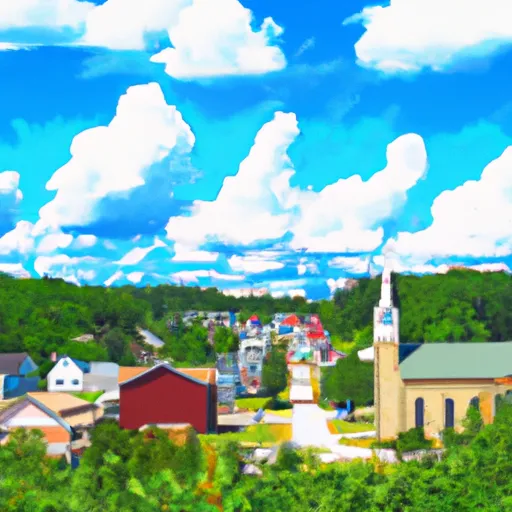°F
°F
mph
Windspeed
%
Humidity











Eleva is a small village located in Trempealeau County, Wisconsin. The climate in Eleva is considered humid continental, meaning the summers are warm and humid while the winters are cold and snowy. The hydrology constituents in Eleva are mainly made up of the Trempealeau River, which runs through the village and offers opportunities for fishing, canoeing, and kayaking. Outdoor recreation opportunities in the area include hiking, biking, and hunting in nearby wildlife areas. The village also hosts an annual summer festival known as Eleva Broiler Festival, which features live music, food, and community events.
Weather Forecast
Eleva receives approximately 842mm of rain per year, with humidity levels near 82% and air temperatures averaging around 7°C. Eleva has a plant hardyness factor of 4, meaning plants and agriculture in this region thrive during a short period during spring and early summer. Most plants will die off during the colder winter months.
Regional Streamflow Levels
517
Cubic Feet Per Second
2
Cubic Feet Per Second
153
Cubic Feet Per Second
2,670
Cubic Feet Per Second
Nearby Camping
| Camping Area | Reservations | Toilets | Showers |
|---|---|---|---|
| Greer Crossing | |||
| Pulltite - Ozark National Scenic River | |||
| Montauk State Park | |||
| Jerktail Landing | |||
| Hermann City RV Park | |||
| Akers |



